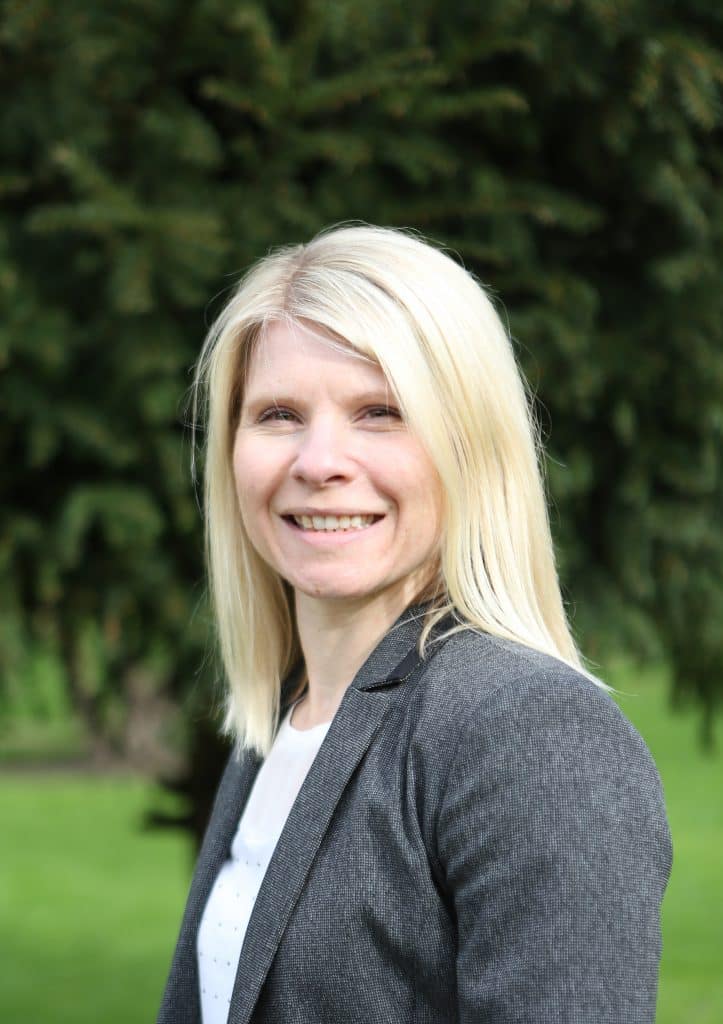Last year, a county-wide initiative was launched to ensure all residents in Essex had the opportunity to live active and independent lives – no matter their circumstances. The Prevention and Enablement Model (PEM) is a three-way partnership between the Active Essex Local Delivery Pilot, Essex County Council and Sport for Confidence.
Bringing together resources through multiple health and social care channels in Essex, from Occupational Therapy to Adult Social Care, the programme has worked to encourage active living as a method in preventing possible mental and physical health issues, whilst reconnecting residents with their community.
We caught up with Kelly Harman, the Project Delivery Manager from the Active Essex Local Delivery Pilot, to find out more about the initiative and its outcomes so far. Kelly works alongside colleagues in Adult Social Care and Sport for Confidence to support the strategic delivery of PEM. Kelly is responsible for ensuring that the Active Essex Local Delivery Pilot is updated with the progress of PEM and for supporting the Care Home workstream.
Kelly describes the overall model of PEM as involving: “Multiple workstreams, multiple partners and relationships. It is a complex model which is testing if physical activity can be used as a tool to reduce demand on social care. This brings excitement through being able to test new ways of working; new delivery models and new partner relationships.”
Kelly’s role in the programme has evolved over time, mirroring the evolving nature of the initiative itself. She said: “My role has developed over time to act on behalf of the Local Delivery Pilot and to ensure that objectives and outcomes are being met. I have been brought closer into the conversations and decisions. The PEM model has evolved over time, from a small number of health and social care partners and stakeholders engaged, to a much larger number, showcasing there is a system within a system.”
Although one of the main focuses of this programme is to reconnect people in their communities, it has also helped to bring together different health and social care organisations in a more cohesive way. Kelly said: “PEM has enabled better communication between health and social care and also brought preventative work much higher on the agenda for partners, i.e. Clinical Commissioning Groups and Integrated Care Systems. We are starting to see a cultural change in ways of working within social care, in particular with Occupation Therapists. This stems from physical activity awareness training being delivered.”
In terms of activity and movement, something that may be considered a small action could make a huge difference to someone’s life. Kelly said: “PEM has helped me with understanding how physical activity can often start from the smallest of movements, and how having good functional movement can impact on a person’s daily life, for example, being able to put shoes on.” She further commented: “It has also given me a better understanding of the social care system and how it works.”
Kelly has learned that building and maintaining relationships has been the key to ensuring the success of this pilot. She said: “Like with most of the work we undertake, most collaboration stems from a relationship, so it is really important to take time to build a relationship.”
Concerns around the delivery of PEM grew due to the COVID-19 pandemic, given the personal nature of the programme’s objectives. Kelly said it has been a challenge: “COVID presented us with a number of challenges around face-to-face engagement, but as the world has adapted online so has PEM.”
Looking forward to how this model can influence the work carried out across Essex to keep everyone moving, Kelly said: “We want to continue to build relationships within the health and social care systems, not just in widening the training offer out to social workers, but to ensure they are fully involved through co-producing and co-designing.”
Kelly believes there is more room to expand and grow this model in future, to build a sustainable, empowered community. She explained: “We want to start to connect the work of Asset Based Community Development with Community Partnerships workstream, bringing more partners on board and empowering the community.”
The Prevention and Enablement Model has highlighted the importance of communication across all health and social care services in Essex, to ensure that opportunities and support for residents to live active lives are readily available. For more information about the programme, click here.




